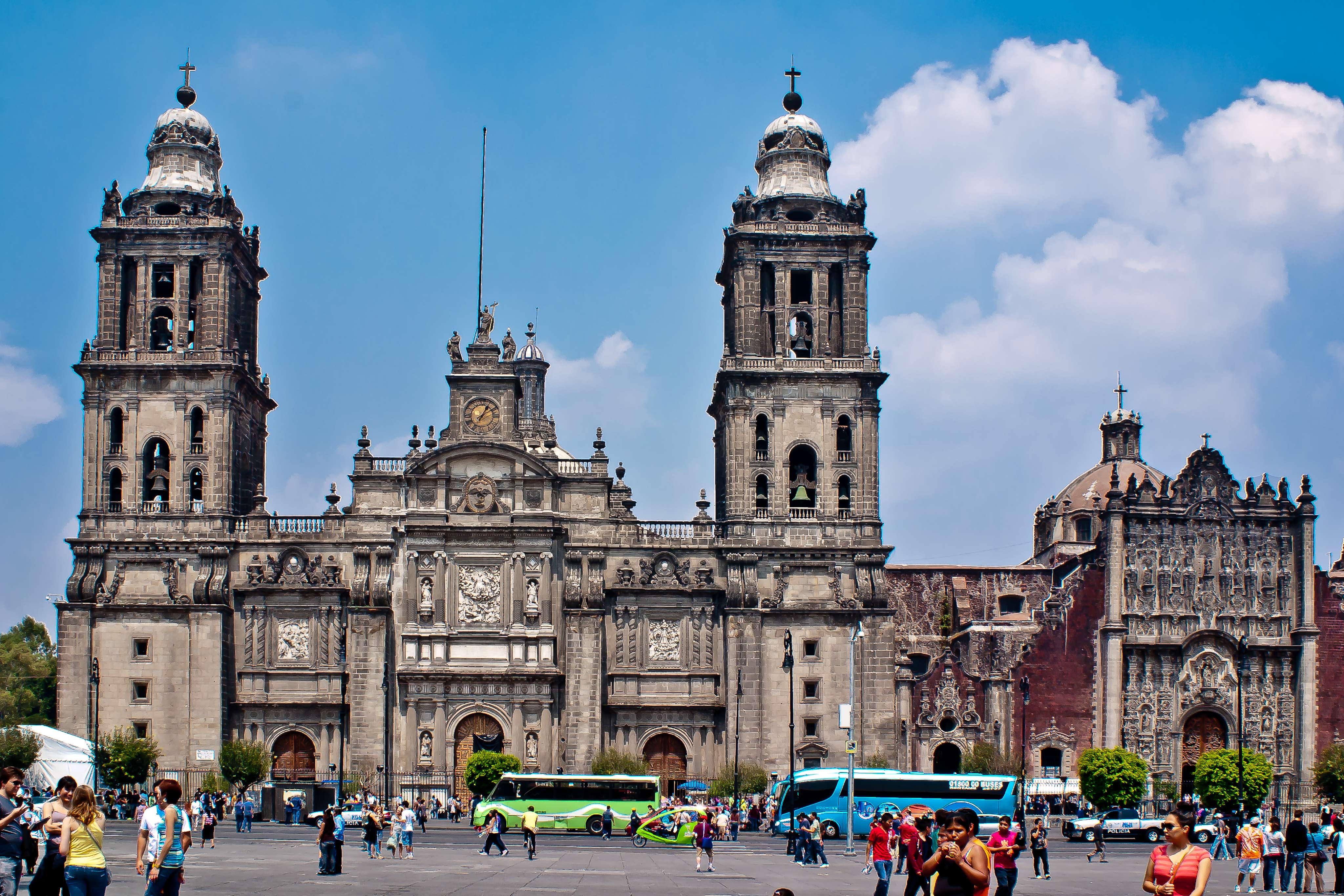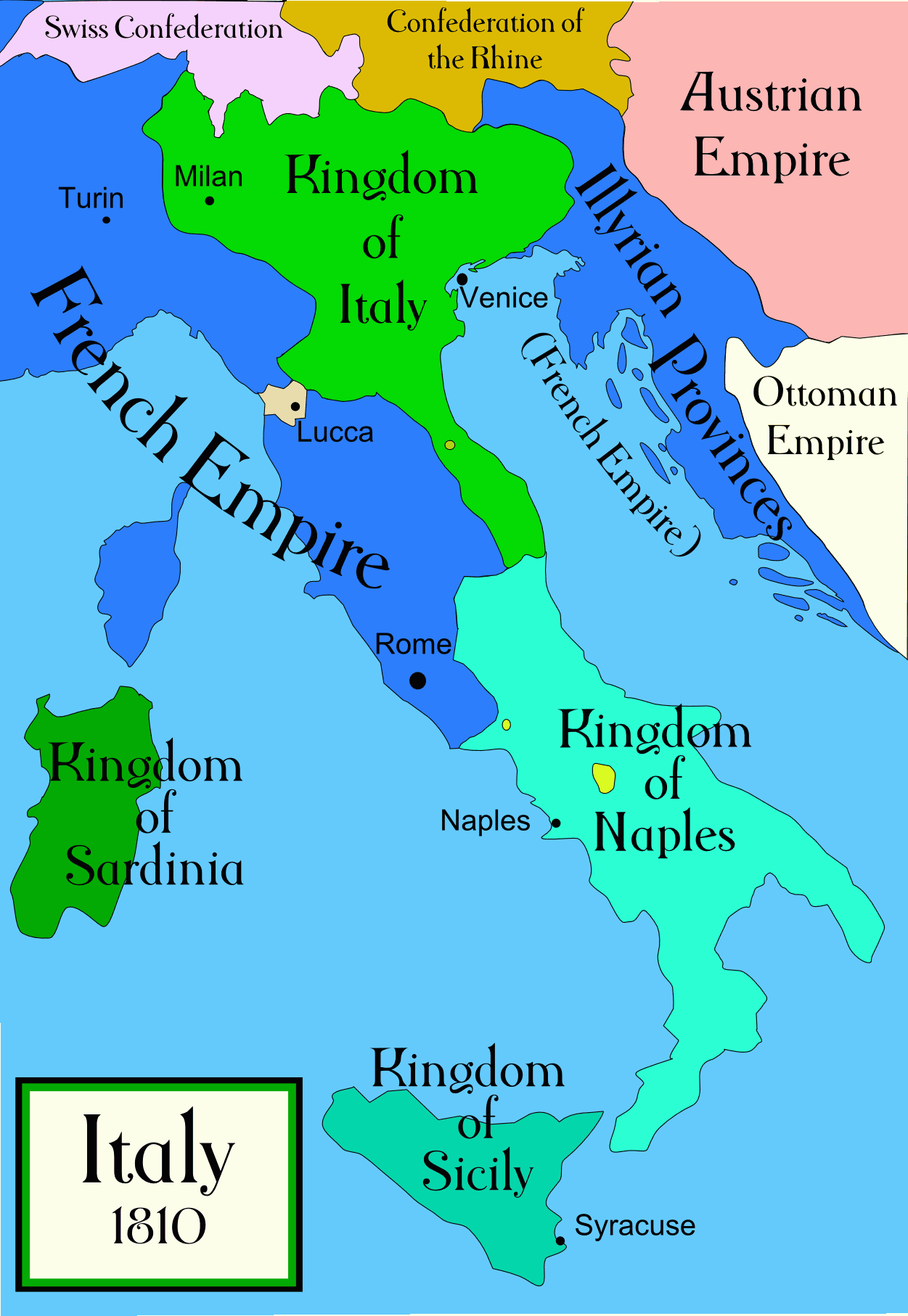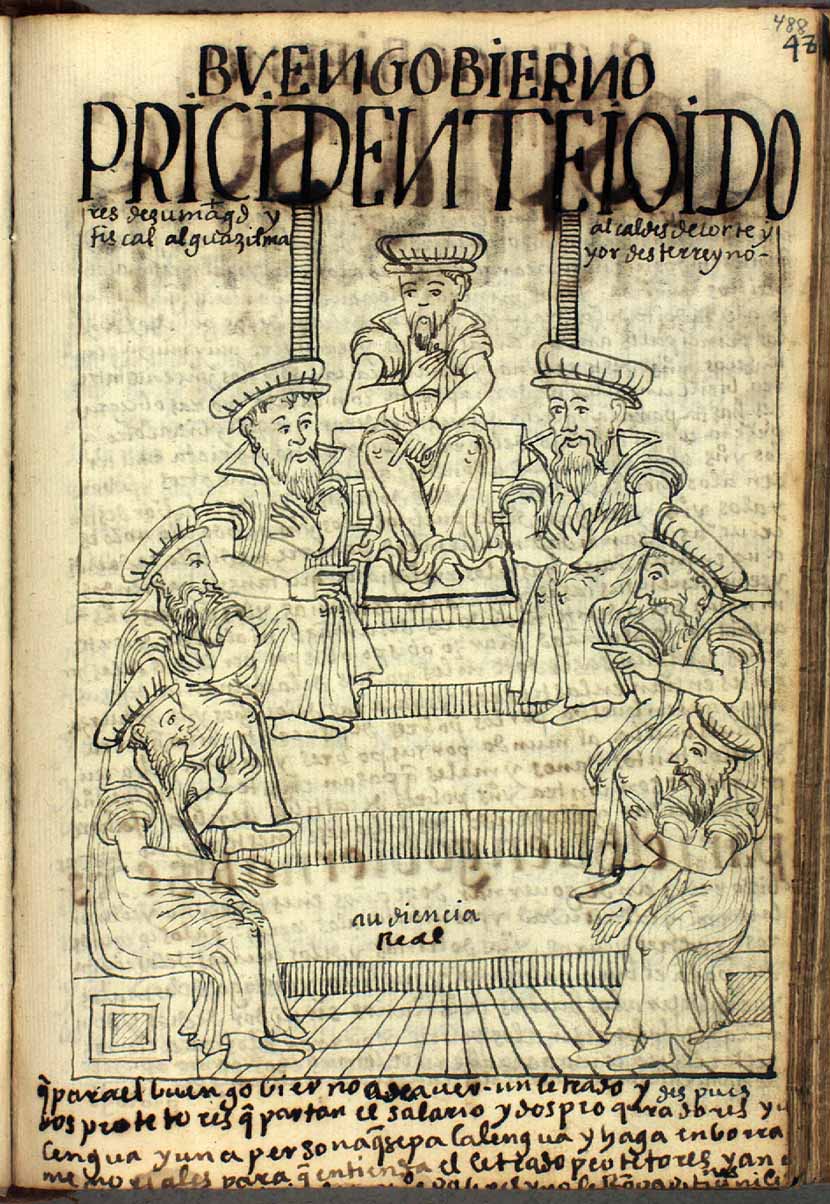|
Francisco Javier De Lizana Y Beaumont
Francisco Javier de Lizana y Beaumont (1750 in Arnedo, La Rioja (Spain), La Rioja, Spain – 6 March 1815 in Mexico City) was bishop of Mexico and, from 19 July 1809 to 8 May 1810, viceroy of New Spain. Ecclesiastical career Lizana did his religious studies at Calatayud and Zaragoza, where in 1771 he received his doctorate in canon and civil law. In 1772 he was teaching at the University of Alcalá de Henares. In 1795 he was designated bishop ''in partibus'' of Taumasia, and in 1801, bishop of Teruel. In 1802 he was named archbishop of Mexico, where he arrived in January 1803. His ecclesiastical administration was characterized by works of social welfare, which he pursued with diligence and honor. He expanded and furnished the Hospital of San Lázaro and endowed the Hospicio de Pobres (poorhouse) and the Casa de Niños Expósitos (foundling home). In the National Autonomous University of Mexico, University he founded the chair of ecclesiastical discipline. Political career He ... [...More Info...] [...Related Items...] OR: [Wikipedia] [Google] [Baidu] |
His Excellency
Excellency is an honorific style (manner of address), style given to certain high-level officers of a sovereign state, officials of an international organization, or members of an aristocracy. Once entitled to the title "Excellency", the holder usually retains the right to that courtesy throughout their lifetime, although in some cases the title is attached to a particular office and is held only during tenure of that office. Generally people addressed as ''Excellency'' are heads of state, heads of government, governors, ambassadors, Roman Catholic bishops, high-ranking ecclesiastics, and others holding equivalent rank, such as heads of international organizations. Members of royal families generally have distinct addresses such as Majesty, Highness, etc.. While not a title of office itself, the honorific ''Excellency'' precedes various titles held by the holder, both in speech and in writing. In reference to such an official, it takes the form ''His'' or ''Her Excellency''; in ... [...More Info...] [...Related Items...] OR: [Wikipedia] [Google] [Baidu] |
Teruel
Teruel () is a city in Aragon, located in eastern Spain, and is also the capital of Teruel (province), Teruel Province. It had a population of 35,900 as of 2022, making it the least populated provincial capital in Spain. It is noted for its harsh climate, with a wide daily variation on temperatures and its renowned ''jamón serrano'' (cured ham), its pottery, its surrounding archaeological sites, rock outcrops containing some of the oldest dinosaur remains of the Iberian Peninsula, and its famous events: '':es:La Vaquilla del Ángel, La Vaquilla del Ángel'' during the weekend (Friday to Monday) closest to 10 July and "Bodas de Isabel de Segura" around the third weekend of February. Teruel is regarded as the "town of Mudéjar art, Mudéjar" (Moorish-influenced architecture) due to numerous buildings designed in this style. All of them are comprised in the Mudéjar Architecture of Aragon which is a World Heritage Site by the UNESCO. Teruel's remote and mountainous location abo ... [...More Info...] [...Related Items...] OR: [Wikipedia] [Google] [Baidu] |
Archbishop Of Mexico
The Archdiocese of Mexico () is a Latin Church ecclesiastical territory or archdiocese of the Catholic Church that is situated in Mexico City, Mexico. It was erected as a diocese on 2 September 1530 and elevated to an archdiocese on 12 February 1546."Archdiocese of México" '' Catholic-Hierarchy.org''. David M. Cheney. Retrieved February 29, 2016"Metropolitan Archdiocese of México" ''GCatholic.org''. Gabriel Chow. Retrieved February 29, 2016 The archdiocese is one of the largest in the world, with over four million Catholi ... [...More Info...] [...Related Items...] OR: [Wikipedia] [Google] [Baidu] |
Ferdinand VII Of Spain
Ferdinand VII (; 14 October 1784 – 29 September 1833) was Monarchy of Spain, King of Spain during the early 19th century. He reigned briefly in 1808 and then again from 1813 to his death in 1833. Before 1813 he was known as ''el Deseado'' (the Desired), and after, as ''el Rey Felón'' (the Criminal King). Born in Madrid at El Escorial, Ferdinand was heir apparent to the Spanish throne in his youth. Following the 1808 Tumult of Aranjuez, he ascended the throne. That year Napoleon overthrew him; he linked his monarchy to counter-revolution and reactionary policies that produced a deep rift in Spain between his forces on the right and liberals on the left. Back in power in December 1813, he re-established the absolutist monarchy and rejected the Spanish Constitution of 1812, liberal constitution of 1812. A revolt in 1820 led by Rafael del Riego forced him to restore the constitution, starting the Trienio Liberal, Liberal Triennium, a three-year period of liberal rule. In 1823 th ... [...More Info...] [...Related Items...] OR: [Wikipedia] [Google] [Baidu] |
Vicente De Santa María
Father Vicente de Santa María (1742 – July 16, 1806) was a Spanish Franciscan priest who accompanied explorer Juan de Ayala on the first Spanish naval entry aboard the ''San Carlos'' into the San Francisco Bay. Born in the village of Aras in Navarre Province, Spain, Santa Maria moved to Mexico City to attend the Colegio de San Fernando seminary in 1769. Santa Maria wrote detailed first-hand accounts of the journey of the ''San Carlos'' and of the indigenous inhabitants of the San Francisco Bay Area prior to Spanish colonization. He later served at Mission San Francisco de Asis in San Francisco and Mission San Buenaventura in Ventura, California Ventura, officially named San Buenaventura (Spanish for "Saint Bonaventure"), is a city in and the county seat of Ventura County, California, United States. It is a coastal city located northwest of Los Angeles. The population was 110,763 at the ..., where he died in 1806. References 1742 births 1806 deaths People ... [...More Info...] [...Related Items...] OR: [Wikipedia] [Google] [Baidu] |
José Mariano Michelena
José Mariano Michelena (sometimes ''José Mariano de Michelena'') (July 14, 1772, Valladolid, Michoacán – May 10, 1852, Valladolid) was a New Spain and later Mexican, soldier and politician. He was among the early conspirators seeking to achieve Mexican independence, and also introduced coffee to Mexico. Early career From a comfortable and distinguished family, José Mariano Michelena attended the University of Mexico, graduating as a lawyer. In 1806 he enlisted in the infantry regiment La Corona, with the rank of lieutenant. In the encampment at Jalapa (Veracruz), he became friends with Ignacio Allende, Juan Aldama and other New Spanish military officers who later joined the insurgency against Spain. After Jalapa, he was in Mexico City, and on October 15, 1808, he was sent to Valladolid to recruit men for the regiment. Conspiracy of Valladolid In Valladolid he joined a group of independence conspirators, including his brother Nicolás, Captains Manuel García Obeso and ... [...More Info...] [...Related Items...] OR: [Wikipedia] [Google] [Baidu] |
Michoacán
Michoacán, formally Michoacán de Ocampo, officially the Free and Sovereign State of Michoacán de Ocampo, is one of the 31 states which, together with Mexico City, compose the Political divisions of Mexico, Federal Entities of Mexico. The state is divided into 113 Municipalities of Michoacán, municipalities and its capital city is Morelia (formerly called Valladolid). The city was named after José María Morelos, a native of the city and one of the main heroes of the Mexican War of Independence. Michoacán is located in western Mexico, and has a stretch of coastline on the Pacific Ocean to the southwest. It is bordered by the states of Colima and Jalisco to the west and northwest, Guanajuato to the north, Querétaro to the northeast, State of Mexico, the State of México to the east, and Guerrero to the southeast. The name Michoacán is from Nahuatl: ''Michhuahcān'' from ''michhuah'' and ''-cān'' and means "place of the fishermen", referring to those who fish on Lake ... [...More Info...] [...Related Items...] OR: [Wikipedia] [Google] [Baidu] |
Morelia
Morelia (; from 1545 to 1828 known as Valladolid; Otomi language, Otomi: ) is a city and municipal seat of the municipalities of Mexico, municipality of Morelia in the north-central part of the state of Michoacán in central Mexico. It is both the most populous and most densely populated municipality in Michoacán. The city is in the Guayangareo Valley and is the capital and largest city of the state. The main pre-Hispanic cultures here were the Purépecha people, Purépecha and the Matlatzinca people, Matlatzinca, but no major cities were founded in the valley during this time. The New Spain, Spanish took control of the area in the 1520s. The Spanish under Viceroy Antonio de Mendoza founded a settlement here in 1541 with the name of Valladolid, which became rival to the nearby city of Pátzcuaro for dominance in Michoacán. In 1580, this rivalry ended in Valladolid's favor, and it became the capital of the Viceroy, viceregal province. After the Mexican War of Independence, the cit ... [...More Info...] [...Related Items...] OR: [Wikipedia] [Google] [Baidu] |
Criollo People
In Hispanic America, criollo () is a term used originally to describe people of full Spaniards, Spanish descent born in the Viceroyalty, viceroyalties. In different Latin American countries, the word has come to have different meanings, mostly referring to the local-born majority. Historically, they have been misportrayed as a social class in the hierarchy of the Spanish colonization of the Americas, overseas colonies established by Spain beginning in the 16th century, especially in Hispanic America. They were locally born people — almost always of Spaniards, Spanish ancestry, but also sometimes of other Ethnic groups in Europe, European ethnic backgrounds. Their identity was strengthened as a result of the Bourbon reforms of 1700, which changed the Spanish Empire's policies toward its colonies and led to tensions between ''criollos'' and ''peninsulares''. The growth of local ''criollo'' political and economic strength in the separate colonies, coupled with their global geo ... [...More Info...] [...Related Items...] OR: [Wikipedia] [Google] [Baidu] |
Joseph Bonaparte
Joseph Bonaparte (born Giuseppe di Buonaparte, ; ; ; 7 January 176828 July 1844) was a French statesman, lawyer, diplomat and older brother of Napoleon Bonaparte. During the Napoleonic Wars, the latter made him King of Naples (1806–1808), and then King of Spain and the Indies (1808–1813). After the fall of Napoleon, Joseph styled himself ''Comte de Survilliers'' and emigrated to the United States, where he settled near Bordentown, New Jersey, on Pointe Breeze estate overlooking the Delaware River not far from Philadelphia. Early life and career Joseph was born in 1768 as Giuseppe Buonaparte to Carlo Buonaparte and Maria Letizia Ramolino at Corte, the capital of the Corsican Republic. In the year of his birth, Corsica was invaded by France and conquered the following year. His father was originally a follower of the Corsican patriot leader Pasquale Paoli, but later became a supporter of French rule. Bonaparte trained as a lawyer. In that role and as a politician and ... [...More Info...] [...Related Items...] OR: [Wikipedia] [Google] [Baidu] |
Pope Pius VII
Pope Pius VII (; born Barnaba Niccolò Maria Luigi Chiaramonti; 14 August 1742 – 20 August 1823) was head of the Catholic Church from 14 March 1800 to his death in August 1823. He ruled the Papal States from June 1800 to 17 May 1809 and again from 1814 to his death. Chiaramonti was also a monk of the Order of Saint Benedict in addition to being a well-known theologian and bishop. Chiaramonti was made Bishop of Tivoli in 1782, and resigned that position upon his appointment as Bishop of Imola in 1785. That same year, he was made a cardinal. In 1789, the French Revolution took place, and as a result a series of anti-clerical governments came into power in the country. In 1798, during the French Revolutionary Wars, French troops under Louis-Alexandre Berthier invaded Rome and captured Pope Pius VI, taking him as a prisoner to France, where he died in 1799. The following year, after a ''sede vacante'' period lasting approximately six months, Chiaramonti was elected to the papac ... [...More Info...] [...Related Items...] OR: [Wikipedia] [Google] [Baidu] |
Audiencia Real
A ''Real Audiencia'' (), or simply an ''Audiencia'' (), was an appellate court in Spain and its empire. The name of the institution literally translates as Royal Audience. The additional designation ''chancillería'' (or ''cancillería'', Catalan: ''cancelleria'', English: '' chancellery'') was applied to the appellate courts in early modern Spain.Elliot, ''Imperial Spain'', 86. Each ''audiencia'' had '' oidores'' (Spanish: judges, literally, "hearers"). ''Audiencias'' in Spain The first ''audiencia'' was founded in the Kingdom of Castile in 1371 at Valladolid. The Valladolid Audiencia functioned as the highest court in Castile for the next two centuries. Appeals from the Castilian ''audiencias'' could only be made to the Council of Castile after its creation in 1480. After the union of the crowns of Castile and Aragon in the Kingdom of Spain and the subsequent conquest of Granada in 1492, the ''audiencia'' was divided in two, with the Audiencia of Valladolid taking cases ori ... [...More Info...] [...Related Items...] OR: [Wikipedia] [Google] [Baidu] |







